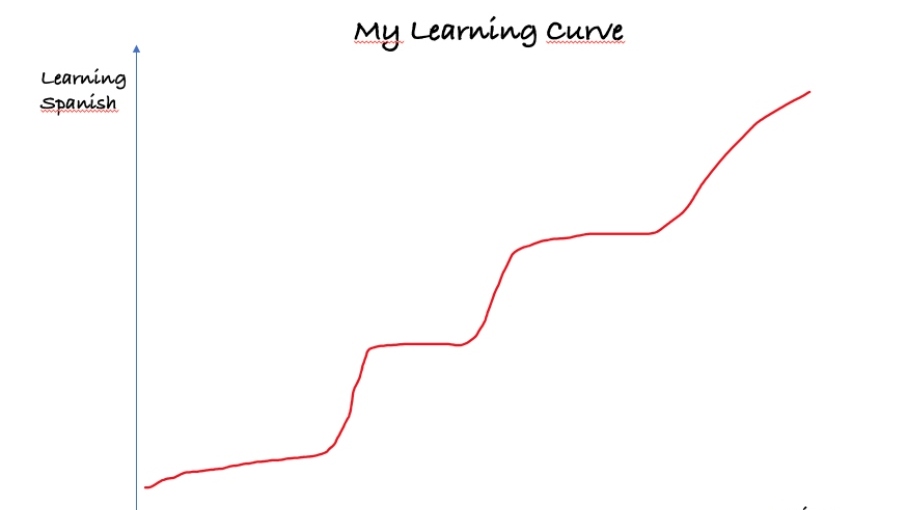Visualizing the Learning Process with the Learning Curve
Understanding Learning
Before delving further into the topic, we encourage you to initiate a discussion with your learners or team by exploring the following questions:
– Why do we learn?
– What is the essence of learning?
Gather, reflect on, and expand upon the insights you receive.
We perceive learning as the process of acquiring or modifying knowledge, skills, habits, behaviors, or attitudes. Learning involves change; therefore, if we seek “change” within our organization and teams, we must facilitate and empower them to learn.
To aid in conceptualization, consider specific examples for each learning element, such as acquiring or modifying:
– Knowledge, e.g., understanding how new software operates, learning about climate change, or exploring modern art.
– Skills, e.g., mastering touch-typing, singing, or acquiring proficiency in speaking Chinese.
– Habits, e.g., engaging in more physical activity, reducing coffee consumption, or contemplating the habitual nature of daily activities such as tooth-brushing, getting dressed, or donning shoes.
– Behaviors, e.g., asserting “no,” responding to feedback, or disregarding traffic signals.
– Attitudes, e.g., developing aversion towards a certain individual or harboring negativity towards a task or life in general.
Given the above definition, let’s draw our learning curves (a general one or a specific one related to e.g. a certain skill we learned) and reflect:
– What does our learning curve signify?
– How have we evolved in our learning over time?
– What do the learning curves of our learners indicate? Alternate between plotting single or multiple lines on the chart to depict how knowledge, skills, habits, behaviors, or attitudes evolve over time.
Upon observing the various curves, let’s pose and discuss the following questions:
– What occurs when a curve suddenly ascends or descends? This might assist us in understanding how to effectively learn or what to avoid. Some individuals might excel with a mentor, while others benefit from comprehensive training, podcasts, specialized books, or early-morning routines.
– What would a learning curve look like for unlearning a habit, such as reducing coffee consumption? (Illustrate a curve from the upper left to the lower right to exemplify this scenario.)
This tool can be revisited multiple times as the trajectory will vary based on the circumstances. It presents an excellent opportunity for us to reconsider the significance of learning. Furthermore, it serves as a tool to visualize how your learning curve progresses after effective learning has transpired.
In order to achieve successful learning, we need to understand how to learn. The ACE process (Address, Create, Execute) can assist in achieving this goal.



